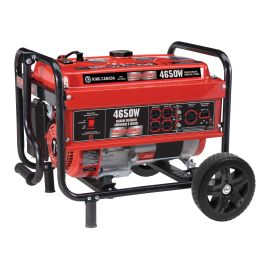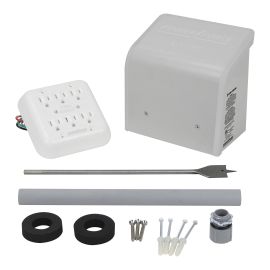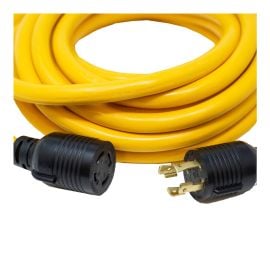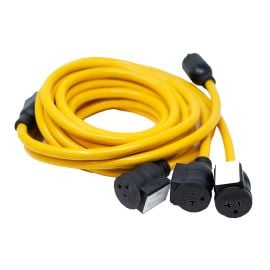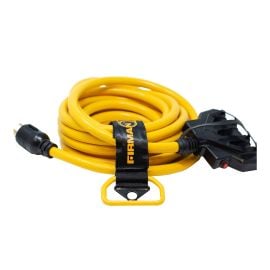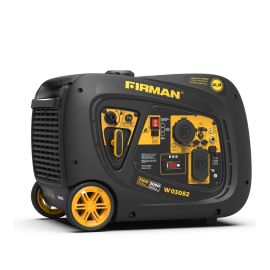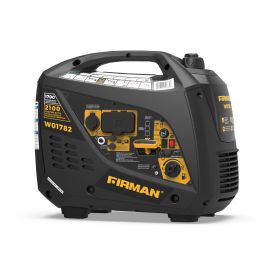Portable generators are great for camping and other outdoor pursuits. But they can also come in very handy during extended power outages. And whether we like it or not, power outages are becoming increasingly frequent due to climate change.
The following is a buying guide to help you choose the right portable generator, whether for your home, a cottage or cabin, or a worksite. Read on to discover the main aspects to consider so that you can make an informed decision.
Traditional generator or inverter generator?
Portable generators fall into two main categories: traditional generators and inverter generators. Let’s take a closer look!
Traditional generators
The motors on traditional generators run at a constant speed, regardless of the load. Although people often use them for outdoor pursuits and off‑grid living, they’re also nice to have at home in case of a power outage. In this category, we recommend models equipped with a voltage regulator to keep the output voltage steady.
Main advantages :
- They’re easy to transport because they’re often equipped with wheels and handles.
- The fuel tank ensures good run time.
- The circuit breaker protects power outlets from overloads.
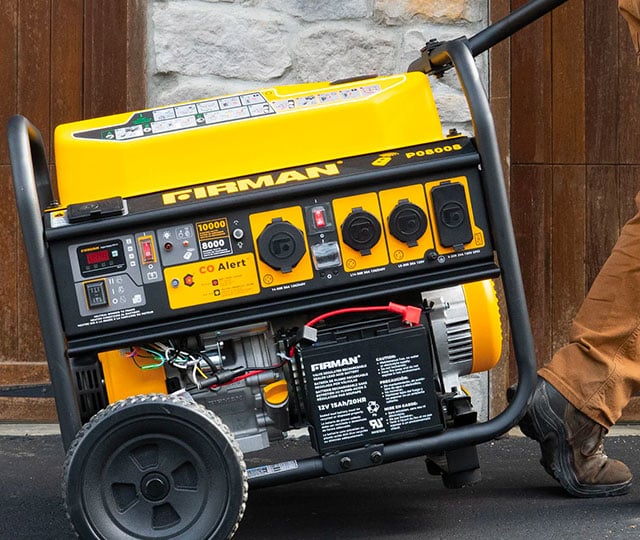

Inverter generator
Inverter generators are equipped with an electric module that adjusts the speed of the motor depending on the voltage required. These models are usually less noisy than traditional generators since they rarely operate at full capacity. They also have more sophisticated exhaust systems.
Main advantages :
- They’re easy to transport because of their small size.
- They produce less greenhouse gas emissions.
- They’re ideal for boating and camping.
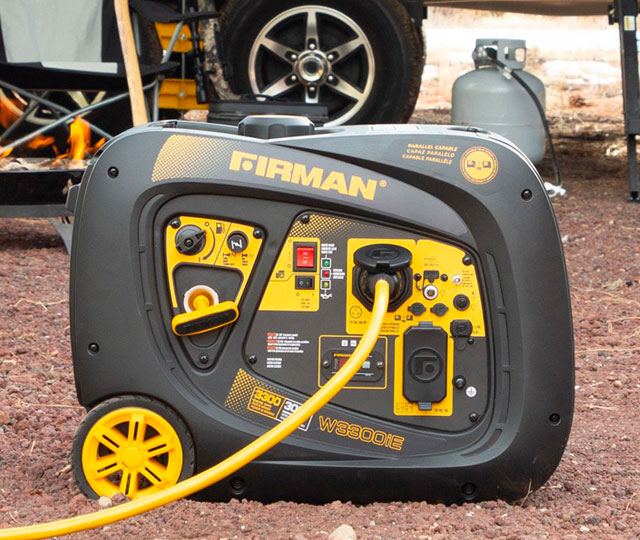

Astuce de pro : Faites l’inventaire de vos effets personnels qui doivent absolument être rangés dans la salle de bain et celui des autres membres de votre maisonnée. Vous pourrez ensuite trouver des solutions de rangement fonctionnelles qui contribueront grandement à rendre votre quotidien plus agréable.
How powerful should your generator be?
A generator will generally provide between 1,000 and 14,000 watts of power. To calculate the amount of power you need, add up the running wattage of all the electrical devices and appliances that will be connected to the generator and add a safety margin of 20% to 25%. The running wattage is the amount of electricity needed to keep an appliance running and can usually be found on the appliance itself or in the owner’s manual.
You should also take into account each device’s starting power, meaning the power required during the first few seconds of use, which can be three times greater than the running wattage. This should also be specified on the device itself.
For example, running basic lighting, a refrigerator and a freezer requires between 5,000 and 7,000 watts. Adding an air conditioner, a water heater, a television and a few other appliances will increase your needs to between 15,000 and 20,000 watts, so you’ll want to weigh the benefits of each vs. the extra wattage they’ll require.
Estimated number of watts per device
| Devices | Running wattage |
| Central electrical unit (5-ft. baseboard) | 1,500 W |
| Well pump | 1,000 to 3,000 W |
| Water heater | 3,000 to 4,500 W |
| Refrigerator | 600 to 2,000 W |
| Stove (per element) | 1,500 W |
| Electric lightbulb (each) | 60 to 150 W |
Pro tip: Choose a device that will meet all your needs when it runs on less than 90% capacity. If your generator is too small, it may not provide enough power, while a device that’s too big will cost a lot in gas.
11 other things to consider
Here are a few more aspects to consider to make sure you get the right portable generator.
Amperage
20-amp generators are the most popular: they’re generally compatible with appliances such as refrigerators and auxiliary heaters. 30-amp generators are ideal for powering recreational vehicles and various tools.
Noise
The last thing you want is to buy a device that’s so noisy you can’t hear yourself think. Choose a generator with a noise level of no more than 60 decibels, which is the level of a human voice.
Run time
The run time (autonomy) with a full tank of gas is generally between 5 and 11 hours, depending on the model. Keep in mind that run time is calculated based on average voltage and not maximum capacity.
Weight
If you plan to use your portable generator for camping or at a worksite, make sure it isn’t too heavy and that it’s easy to plug in.
Electric start
Throwing out your shoulder while pulling on a rip cord is a thing of the past. Many generators can now be started with the push of a button or even by remote control.
Battery charger
Some models are equipped with a battery charger adapted to several types of devices.
Fuel gauge
The fuel gauge shows you how long you have before the next fill-up.
Automatic idle control
This option allows the motor to run at lower speed when demand is low, which makes for better fuel efficiency and an extended run time.
Automatic power control
The automatic power control prevents power fluctuations that could damage some appliances.
Automatic shut-off
This safety feature shuts off the generator as needed: if the oil pressure or coolant level is low, for example, or if it’s overheating or otherwise unsafe to operate.
Environmental compliance
Look for the Canadian Standards Association (CSA) logo to choose a device certified in Canada and the U.S. for environmental compliance and safety.
Pro tip: The service life of a generator ranges from 700 to 1,500 hours. To get the most out of your generator’s, do full maintenance in the fall, fill it with fresh oil and gas, and add a fuel stabilizer to prevent water particles from freezing. And don’t forget to check the filters and spark plug to avoid any unpleasant surprises when a storm hits!
Choosing the right fuel
Most portable generators are gas powered, but some models run on propane, natural gas or diesel. Some solar‑powered and battery‑operated devices have also recently come onto the market. Keep an eye out for interesting new options!
Using a portable generator safely
Portable generators are very practical, but they need to be used with caution. Have an electrician hook your generator up to your home’s electrical system. Also, be sure to follow the safety tips and warnings in the user guide.
Each year, people are hospitalized as a result of improper use of a generator or carbon monoxide poisoning. All gas-powered devices must remain outside, in a dry, well-ventilated area, and be at least seven metres from your home. Never run your generator in your basement, garage or shed.
Before refuelling, always turn off the device and let it cool down. To avoid the risk of electrical overload, plug in your electrical devices and appliances one at a time, taking the generator’s maximum capacity into account. If necessary, use heavy-duty extension cords designed for outdoor use.
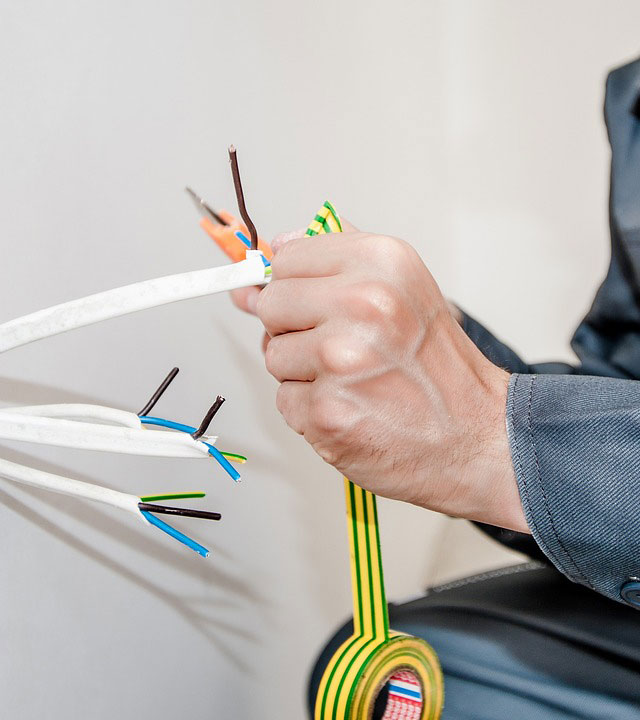
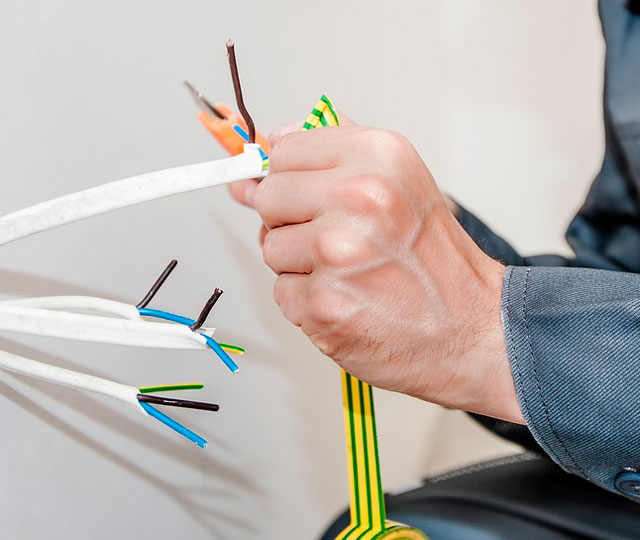
Astuce de pro : Prévoyez un dégagement d’au moins 30 pouces devant le bain et la douche pour y entrer aisément et de 30 à 40 pouces en face du meuble-lavabo et de la toilette. Si la grandeur de la pièce vous le permet, augmentez les espaces de circulation : plus ceux-ci seront larges, plus l’aménagement paraîtra aéré.
Need help choosing the right portable generator? Drop by one of our stores to compare the different models available and get expert advice from our team.
Equip yourself for every occasion
Magasinez par catégories
Les renseignements de cet article sont présentés à titre informatif seulement et peuvent ne pas être applicables dans certaines situations ou facteurs particuliers. En cas de doute, adressez-vous à un expert en horticulture du BMR de votre région.
